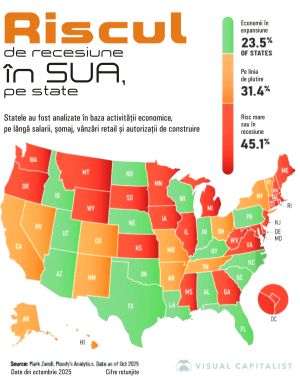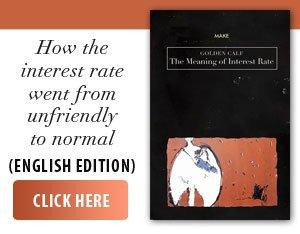The world's millionaire class continued to expand in 2025, and Switzerland remains the leader in per capita millionaires, according to the UBS Global Wealth report for the current year, cited by visualcapitalist.com.
The source presents the countries with the most millionaires in relation to the adult population, providing a clearer picture of wealth density rather than absolute numbers. Thus, the report provides insight into the degree of wealth spread in a given society, distinguishing countries with general well-being from those where wealth is concentrated among a few people. The data, provided by the World Bank, includes the population aged 15 or over and shows the number of millionaires per 1,000 adults - essentially, the share of adults with a net worth of more than $1 million.
According to the cited source, Switzerland remains the undisputed leader in terms of the concentration of millionaires among the top 25 countries with the most millionaires. With 145.6 millionaires per 1,000 adults, about one in seven Swiss adults is a millionaire. This dominance reflects a combination of high savings rates, solid financial institutions, a strong currency and the country's heritage as a private banking center.
After Switzerland, the next group of countries - Hong Kong (96.1 millionaires per 1,000 adults), Australia (85.2) and the United States (84.8) - illustrate different wealth dynamics. Hong Kong's high density of millionaires comes from the real estate and financial sectors and its relatively smaller population, while Australia's figure reflects large-scale property ownership and strong pension assets. The US ranks high largely due to its high overall wealth, and will also be the country with the most millionaires in the world in 2025.
The ranking continues with the Netherlands (82.9 millionaires per 1,000 adults), Denmark (74.6), Norway (74.5), Singapore (62.1), Canada (59.9), Sweden (55.8). Places 11-20 are as follows: Belgium (55), France (50.6), the UK (45.8), Taiwan (37.3), Germany (37.2), Spain (28.3), South Korea (28.1), Italy (25.9), Japan (24.9), Saudi Arabia (12.6).
• Some major economies far below Western rivals
At the other end of the scale, countries like India (0.8), Brazil (2.5) and Russia (3.6) have the fewest millionaires per capita, with fewer than four per 1,000 adults.
Even major economies like China (5.3) and Saudi Arabia (12.6) remain far below their Western rivals, despite hosting some of the world's fastest-growing high-net-worth populations, the data shows. This disparity highlights the concentration of millionaires in developed economies, where asset ownership, stock markets and home values have been booming for decades.
By contrast, emerging markets still face structural challenges, such as smaller household savings and less mature financial systems, that limit the proportion of people who break the millionaire threshold.
• Which countries have the highest per capita wealth
Global wealth per person increased by 4.6% in 2024, and Switzerland remains in first place in this regard, with an average amount per adult of $687,166, according to the UBS Global Wealth 2025 report. After Switzerland, the 14 countries with the highest average wealth per adult in 2025 are, according to UBS: United States ($620,654), Hong Kong ($601,195), Luxembourg ($566,735), Australia ($516,640), Denmark ($481,558), Singapore ($441,596), New Zealand ($393,773), Netherlands ($370,697), Norway ($368,410), Canada ($365,953), Belgium ($349,404), the United Kingdom ($339,700), Sweden ($334,391), Taiwan ($312,075).
As in previous years, many of the countries on the top are small but influential global financial centers, such as Hong Kong and Luxembourg. One notable change from last year is that the United States has climbed from fourth place in 2024, with an average wealth of $564,000 per adult, to second place in 2025, with nearly $621,000.























































